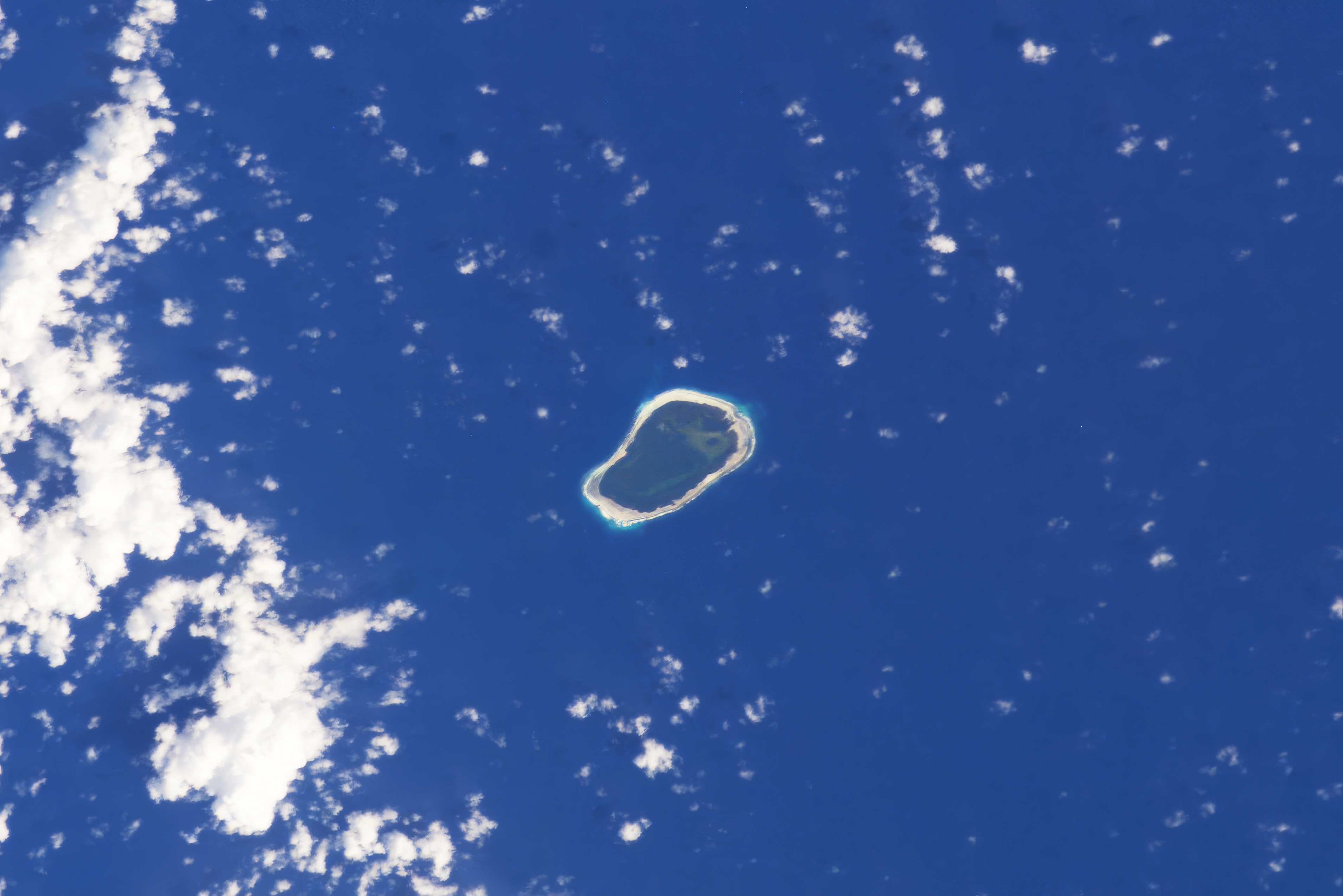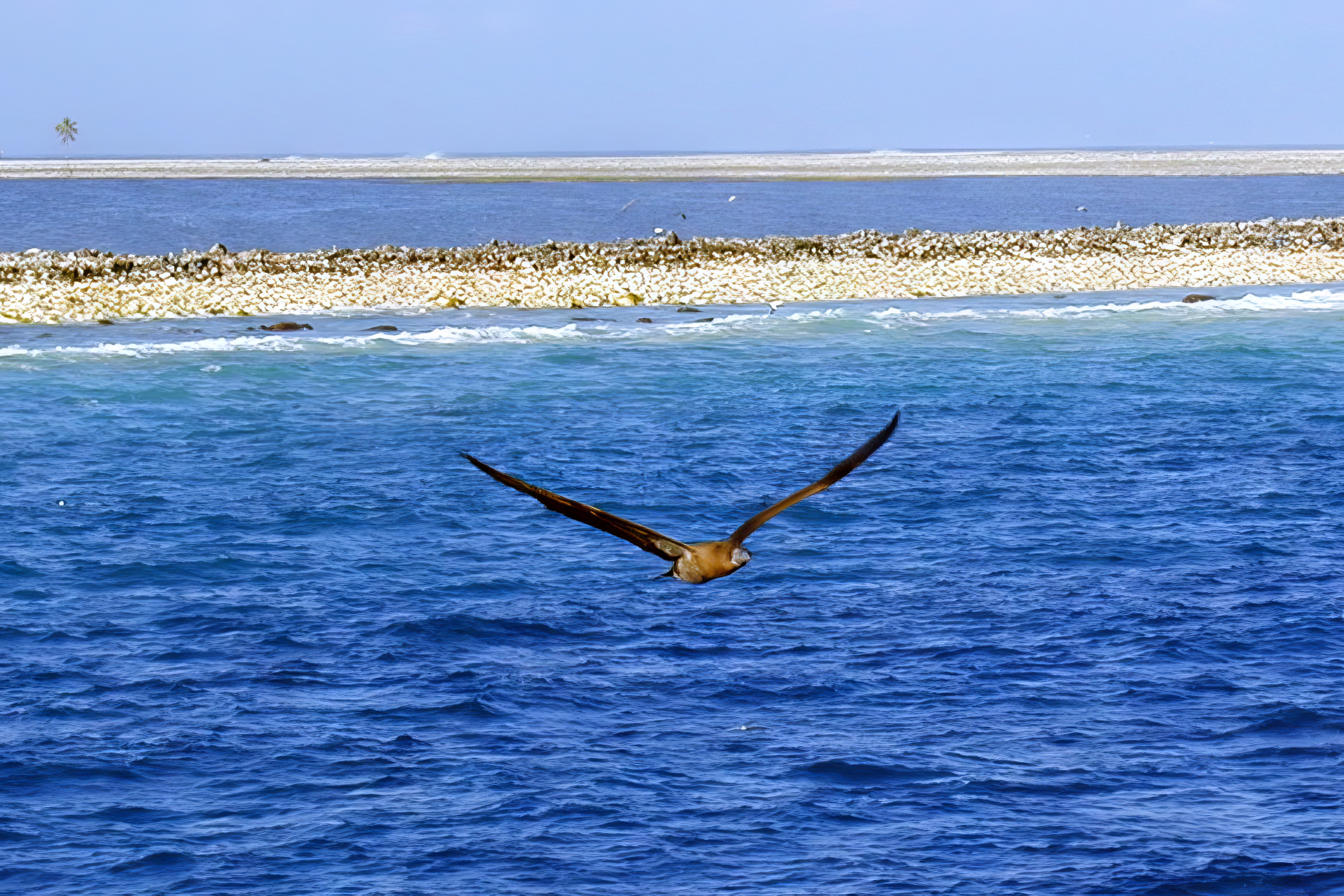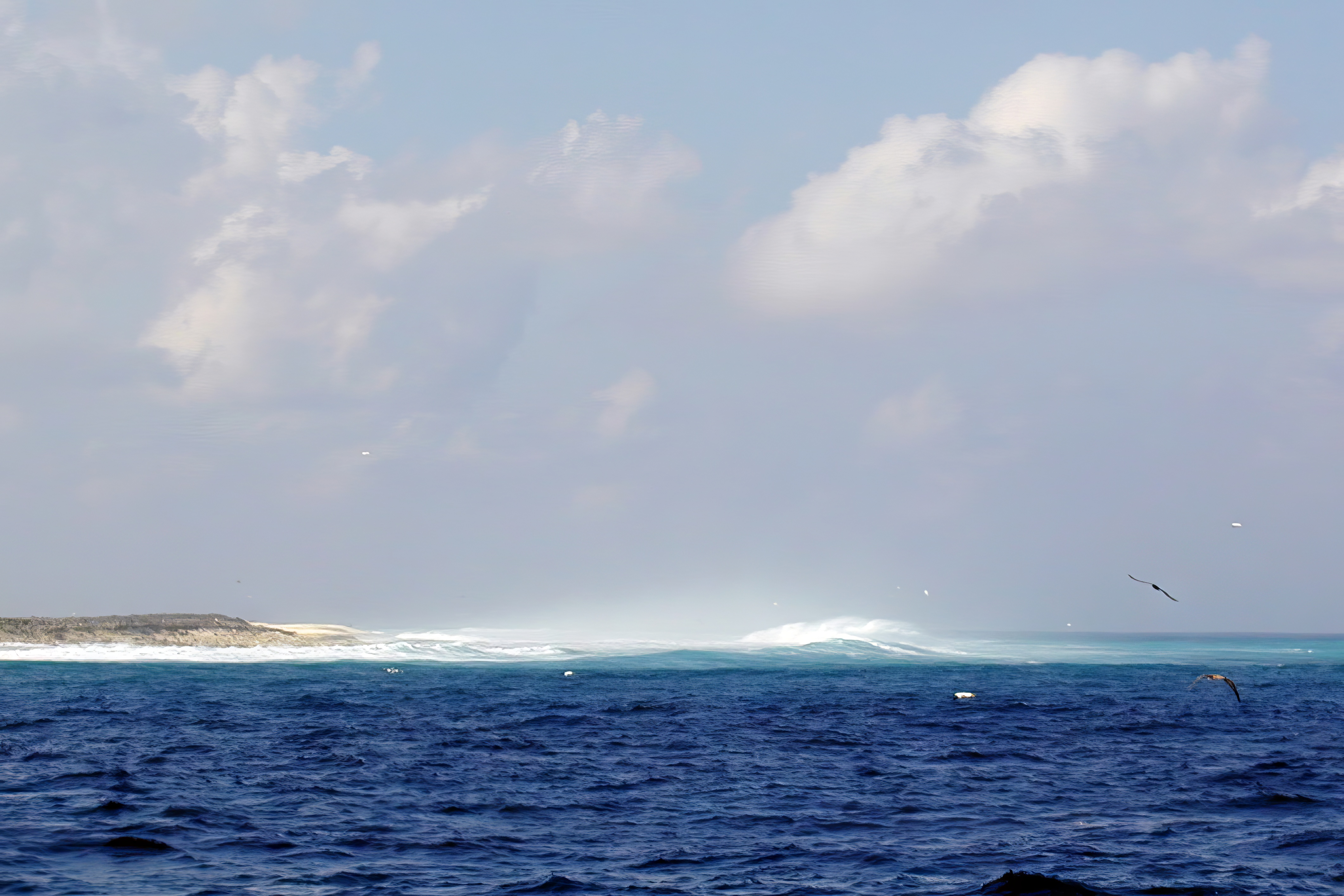Geography and Remoteness
Clipperton Atoll, an isolated coral atoll in the eastern Pacific Ocean, is remarkable for its extreme remoteness and unique geographical characteristics. Located over 1,000 kilometers southwest of Mexico, its nearest neighbor, the atoll is essentially a tiny speck in the vastness of the ocean, covering an area of less than 6 square kilometers. This isolation has led to a sense of mystery and intrigue surrounding the island, contributing to its little-known status in global geography.
Geographically, Clipperton is comprised of a coral reef enclosing a lagoon, with the only land being a ring-shaped coral island. The atoll's highest point is a mere 29 meters above sea level, a feature known as Clipperton Rock, which is a remnant of a volcanic outcrop. This makes the atoll highly vulnerable to rising sea levels and severe weather conditions. The lagoon in the center of the atoll is hypersaline and largely cut off from the ocean, creating a unique ecosystem. The surrounding waters are rich in marine life, making it a point of interest for marine biologists and ecologists. However, its remote location and harsh living conditions have prevented any permanent human settlement, preserving its natural state to a significant extent.
l'Isle de la Passion
Clipperton Atoll was also known as "Isla de la Pasión," or "Isle of Passion," a name that originated from its discovery by John Clipperton, a British pirate, in the early 18th century. However, the name "Isla de la Pasión" is more closely associated with its rediscovery and naming by the French.
In 1711, the French naval officer Martin de Chassiron and his crew, aboard the ship "La Princesse," rediscovered the island on Good Friday. Good Friday is a significant day in Christianity, known as the day of the Passion of Christ. Reflecting this religious significance, they named the island "Isla de la Pasión" or "Isle of Passion." This name was used particularly by the Spanish and the French in reference to the island, paralleling the more commonly known English name derived from its discoverer, John Clipperton.
Over time, both names have been used to refer to the atoll, with "Clipperton Atoll" becoming the more widely recognized name in modern times, especially in English-speaking countries. The name "Isla de la Pasión" remains a historical reminder of the atoll's discovery and the influence of European exploration in the Pacific.
Unique Ecosystem
Clipperton Atoll boasts a unique and fragile ecosystem, shaped by its isolated location in the vast Pacific Ocean. The atoll's ecosystem is characterized by its coral reef, which encircles a lagoon with a diverse array of marine life. This reef system provides a habitat for various species of tropical fish, crustaceans, and other marine organisms. The lagoon itself, being hypersaline and largely disconnected from the open sea, hosts a unique micro-ecosystem, different from typical coral reef environments. Its waters nurture specialized species adapted to these conditions, offering a unique field of study for marine biologists.
Above water, the terrestrial ecosystem of Clipperton Atoll is equally distinctive. The atoll supports a limited but specialized range of flora, primarily consisting of coconut palms and other hardy plant species adapted to the harsh, saline environment. Bird life, particularly seabirds, thrives on the atoll, making it an important nesting and breeding site. Species such as the brown booby and the great frigatebird are commonly found here. The lack of permanent human habitation has allowed these bird populations to flourish. However, the introduction of non-native species, particularly rats, had a significant impact on the atoll's ecosystem, demonstrating the vulnerability of such isolated environments to external influences. Conservation efforts are crucial to preserve the delicate balance of life in this remote and unique ecosystem.
The "Murder Colony"
The dark history of Clipperton Atoll is a tale of human tragedy and endurance, set against the backdrop of its remote and harsh environment. In the early 20th century, the island became the site of a grim narrative when it was occupied by a small Mexican garrison. The purpose of this occupation was to assert Mexico's claim over the atoll due to its strategic location and guano deposits. However, the island's isolation soon turned into a deadly trap for its inhabitants.
In 1914, the situation worsened dramatically when supply ships stopped arriving due to the Mexican Civil War. Cut off from the outside world, the inhabitants, including women and children, faced dire circumstances. With limited resources and no way to leave the island, their situation became desperate. The governor, Captain Ramón Arnaud, and other key personnel died, leaving the small community in chaos. In the ensuing years, the social order collapsed, leading to violence and tragedy. By 1917, when a U.S. Navy ship finally arrived, only one man, a handful of women, and children had survived the ordeal.
This dark period in Clipperton's history highlights the perils of extreme isolation and the human cost of geopolitical disputes. The events that unfolded on Clipperton Atoll are a stark reminder of how quickly situations can deteriorate in remote locations, cut off from the rest of the world. Today, the atoll stands uninhabited, with these tragic events etched into its history, adding to the mystique and somber allure of this remote coral atoll in the Pacific Ocean.
Historical Shipwrecks
Clipperton Island has seen its share of historical shipwrecks due to its challenging and isolated location. The remains of some of these wrecks can still be found in the surrounding waters.
Disputed Sovereignty
Clipperton Island's sovereignty has been disputed over the years, with multiple claims by different nations. As of now, the island remains unclaimed and uninhabited.
Clipperton Island stands as a testament to the beauty and fragility of remote ecosystems and the challenges of disputed territorial claims in the open sea.




